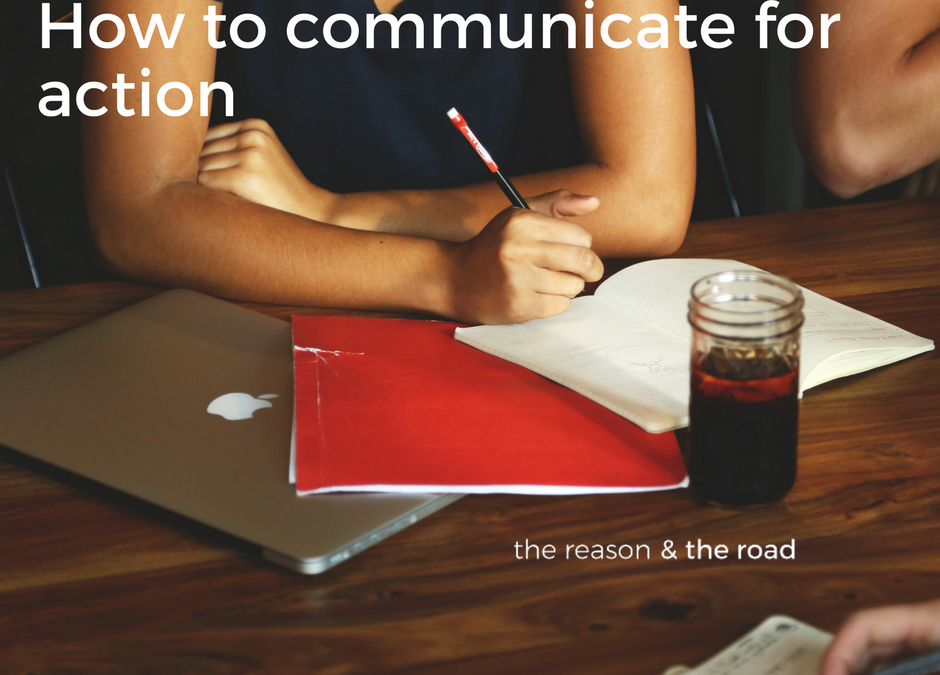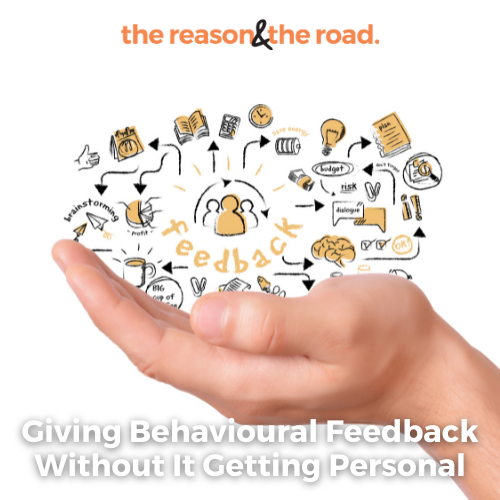
5 Strategies That Help You Reduce Overwhelm And Get More Out Of Your Weeks And Days
June 30, 2017
Change Your Mindset To Change Your Results
August 25, 2017If you’re someone who regularly communicates with others, whether it be written or verbal, and you find
that the people who receive your communication don’t take any action… and all you hear is silence…
It sucks right?!
You get nothing back and no-one does anything.
It happens at work when you send things out to your team or your clients, it also happens at home when you ask people to do the dishes.
If you want people to take more action when you communicate, read on and I’ll share a model of how to do it.
OK. There’s a big problem with the way people communicate that means that people don’t take action.
The mistake people make is they don’t communicate in a way that drives action instead they get… “silence”.
If you don’t want silence, I want you to change a couple of things about the way you’re thinking about structuring your communication.
The first change to make is: Think about your audience first.
Think about who you are speaking to. If you’re talking at work to your boss and you think about what’s really important to them, every time you communicate to them, imagine how different your communication would be.
It doesn’t matter whether you walk into their office to talk about a project you’ve got going on right now or whether you’re communicating in email about something sensitive, if you think about what’s important to them, you’re going to shift your focus, and you’re going to make it more relevant to them.
When we’re thinking about audience first, we’re thinking about their needs but also their style.
Next is the content.
Too many people put too much content into the way they speak and the way they write, and the reason they do that is because they don’t think about their audience first. If you consider your audience, their needs and what’s important to them when you write the content, you’ll only leave in what’s important and you’ll think about the right communication channel to deliver the message to the person.
Let’s say that have a short little thing you need an update on. Maybe you need to talk to them in text or messenger rather than write some long email. That only comes from thinking about your audience first and then thinking about the content. What’s important to them, the channel and also how to structure the message.
Then you can then think about your delivery or how you present it.
I teach presentation skills, the ability to stand up and command an audience and work a room, but that only sits on the edge of the core planning you need to do around your audience and the content first.
Even if you’re the most charismatic person in the room, if you haven’t thought about your audience the best delivery in the world won’t make a difference.
Around your delivery I want you to think about key things like if it’s face to face, how to use eye contact, if it’s email or messenger how you use questions to get attention, and in terms of delivery, thinking about the right channel – what’s the most appropriate way to get the attention of my audience?
The key learning from this is if you’re someone who gets silence when you communicate it’s because you’re making a mistake in the way you’re planning your communication. Think about your audience first, what they need and what’s important to them before you plan the content, the structure and how to deliver it.
Using this simple framework, think about some communication you’ve got on your plate and and either write to me privately, or leave me a message down below:
How will these tips change how you approach that communication?




